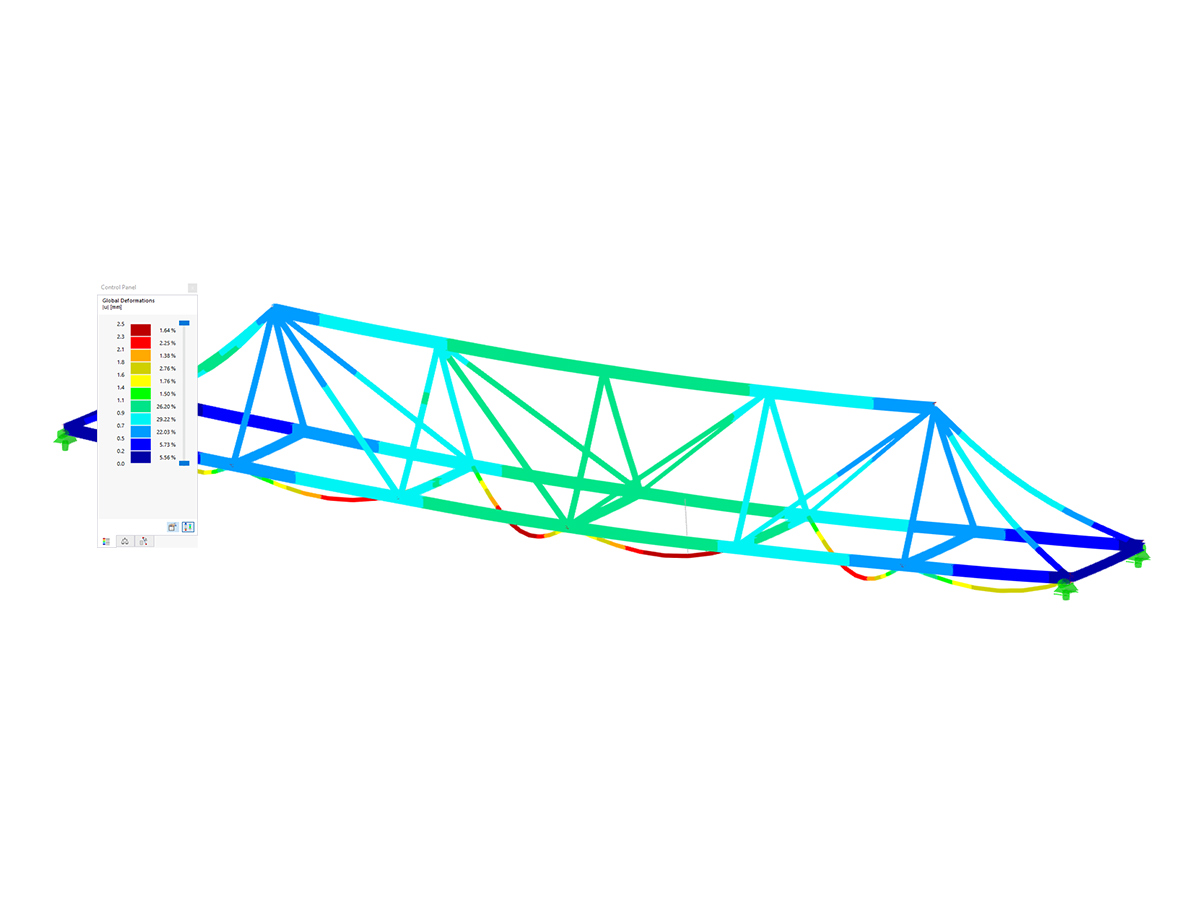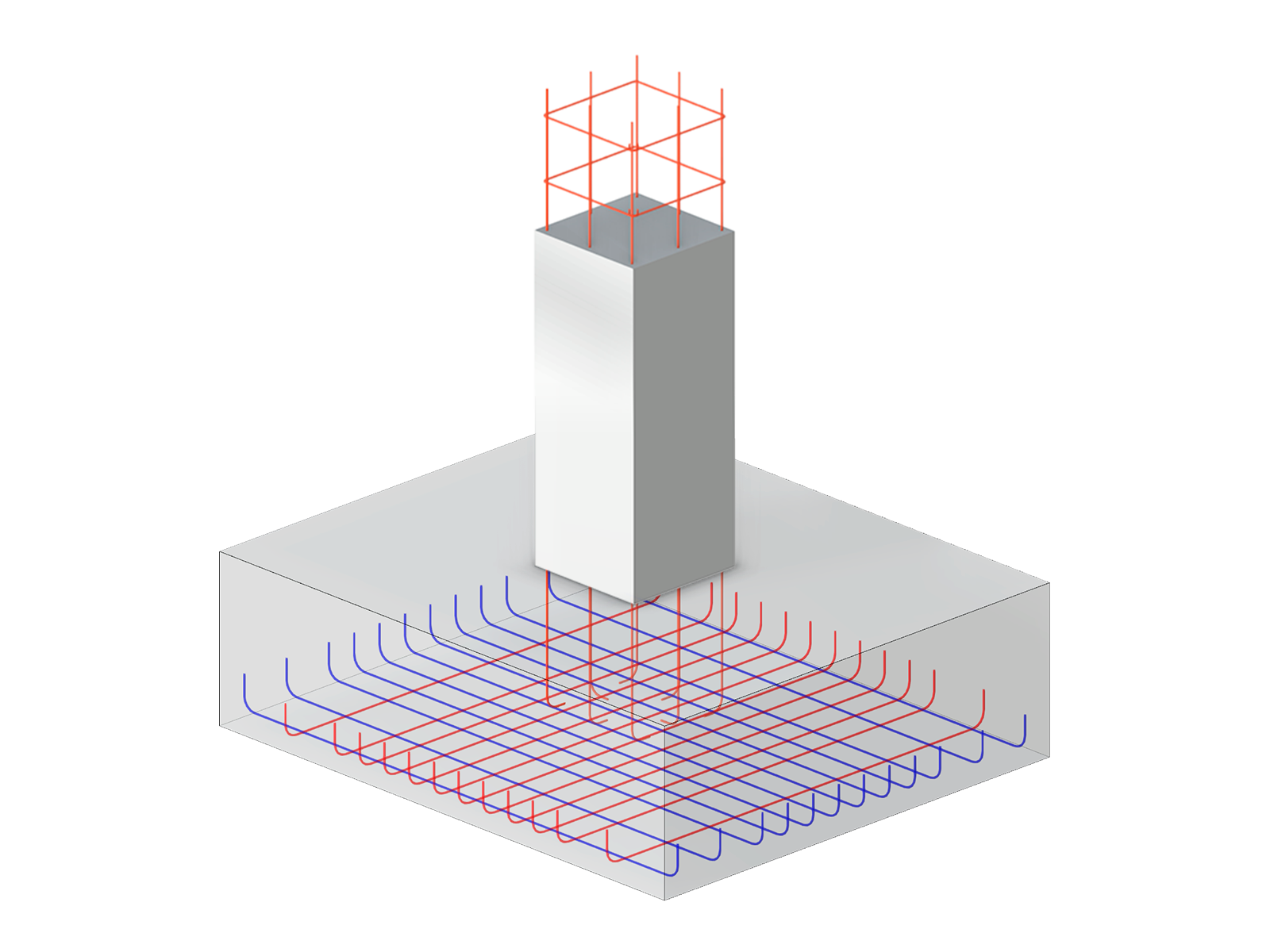Sensitivity Coefficient θ
The sensitivity coefficient θ is defined as follows [1]:
|
θ |
Empfindlichkeitsbeiwert der gegenseitigen Stockwerksverschiebung |
|
Ptot |
Gesamtgewichtskraft im und oberhalb des betrachteten Geschosses, betrachtet in der Bemessungssituation Erdbeben |
|
dr |
gegenseitige Stockwerksverschiebung ermittelt als Differenz der horizontalen Verschiebungen ds oben und unten im betrachteten Geschoss; dabei werden die Verschiebungen mit Hilfe des linearen Bemessungsantwortspektrums mit q = 1,0 ermittelt |
|
Vtot |
Gesamterdbebenkraft des betrachteten Geschosses, ermittelt mit Hilfe des linearen Bemessungsantwortspektrums |
|
h |
Geschosshöhe |
In the following, the procedure for calculating the sensitivity coefficient is shown using the example of a reinforced concrete building with a main floor and six upper floors.
To calculate the sensitivity coefficient, additions are used:
After modeling the building, it is necessary to define the stories using the Building Model add-on.
Then, a calculation according to the response spectrum analysis is required.
If the input is complete, you can analyze the results after the calculation. The most important parameters for the dynamic analysis can be found in the result tables of the spectral analysis. In the Results by Story subcategory, you can also see the sensitivity coefficient of the individual stories.
After calculating the sensitivity coefficient of the interstory drift, a case distinction regarding the relevance of the second-order analysis is made according to EN 1998‑1, Sections 2.2.2 and 4.4.2.2 [1].
Case Distinction for Second-Order Analysis
1. Sensitivity Coefficient θ ≤ 0.1
The second-order analysis does not have to be considered.
2. Sensitivity Coefficient 0.1 < θ ≤ 0.2
The second-order analysis may be taken into account approximately by a factor equal to 1 / (1 − θ).
3. Sensitivity Coefficient 0.2 < θ ≤ 0.3
The second-order analysis must be considered directly. You can do this by adjusting the geometric stiffness matrix in RFEM 6 and RSTAB 9. Find more information in this Knowledge Base article: KB | Considering Second-Order Analysis in Dynamic Analyses in RFEM 6 and RSTAB 9
4. Sensitivity Coefficient 0.3 < θ
The design of the structure is invalid and requires revision.




























.png?mw=600&hash=49b6a289915d28aa461360f7308b092631b1446e)


